Speaker
Description
Precision measurements in beta decay play an essential role in probing physics beyond the Standard Model. The recoil energy spectrum, in particular, offers exceptional sensitivity to new physics, but it presents significant challenges due to the very low energy of the recoiling daughter nucleus. As a result, recoil measurements remain an underexplored domain for most radioactive nuclei. The ASGARD project (Aluminum Superconducting Grid Assembly for Radiation Detection) seeks to address these challenges by employing novel Superconducting Tunneling Junction (STJ) detectors in an open geometry to allow direct implantation. These detectors are well-suited for deployment at ISOL facilities, allowing access to a broad range of previously inaccessible nuclei across the nuclear chart for recoil spectroscopy. This capability provides new opportunities for studying mirror nucleus decays and probing exotic currents for Beyond Standard Model searches at the 10 TeV scale and higher. It offers, in addition, many possibilities for nuclear structure studies (branching ratio, energy, spin-parities). At the current stage, the ASGARD project focuses on constructing detailed simulations to assess systematic effects that may impact recoil energy spectrum measurements using ultra-thin, aluminum-based STJs. The simulations are designed to model the inelastic scattering of beta particles within the STJ and the generation of inner Bremsstrahlung photons. These simulations will provide essential estimates of the effects of these interactions on the measured observables for all the interesting physics cases that could only be accessed with ASGARD. This contribution will introduce the ASGARD project, highlight the potential of STJs in BSM searches, and present the results of simulations conducted with aluminum-based STJs.

